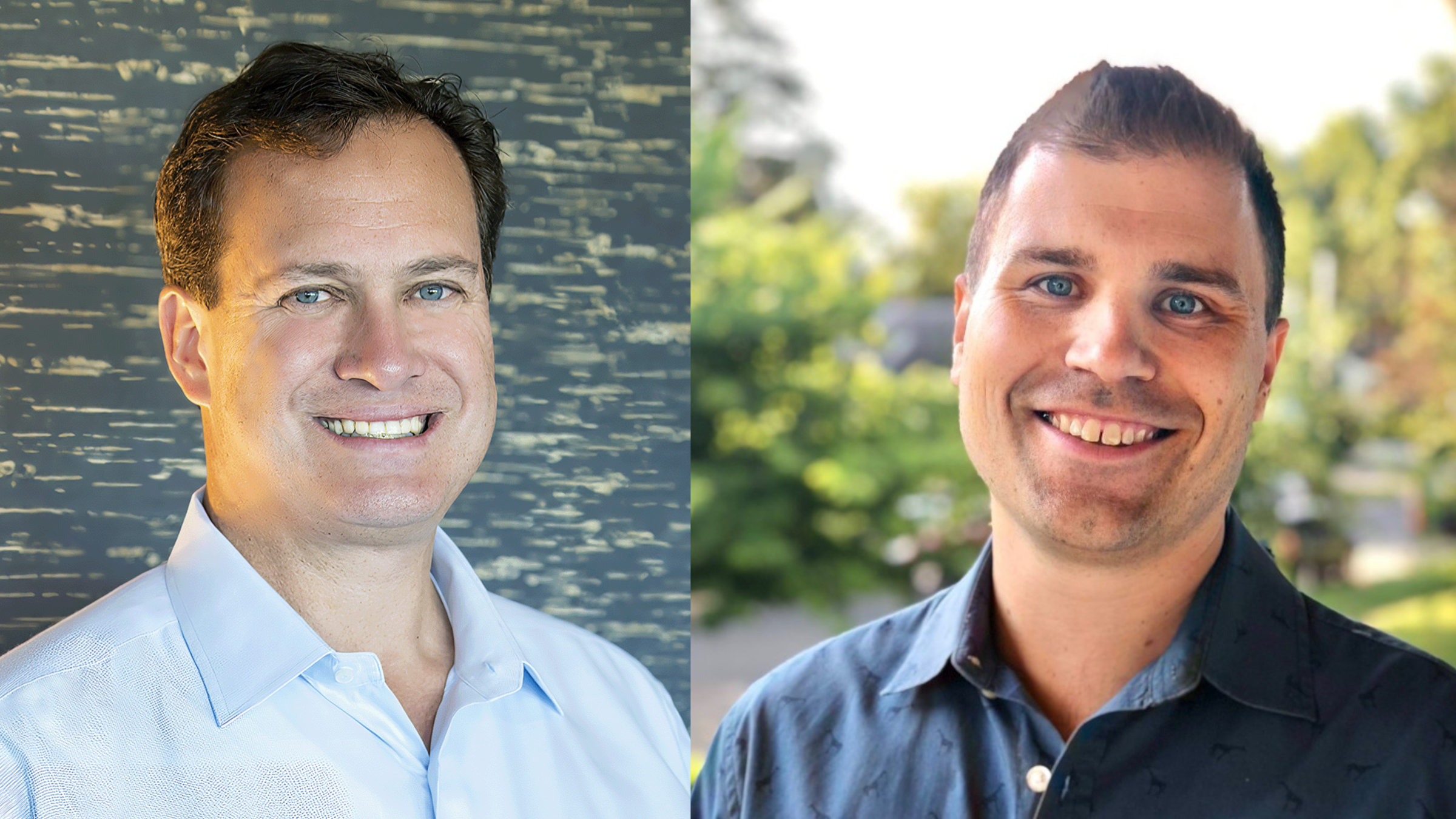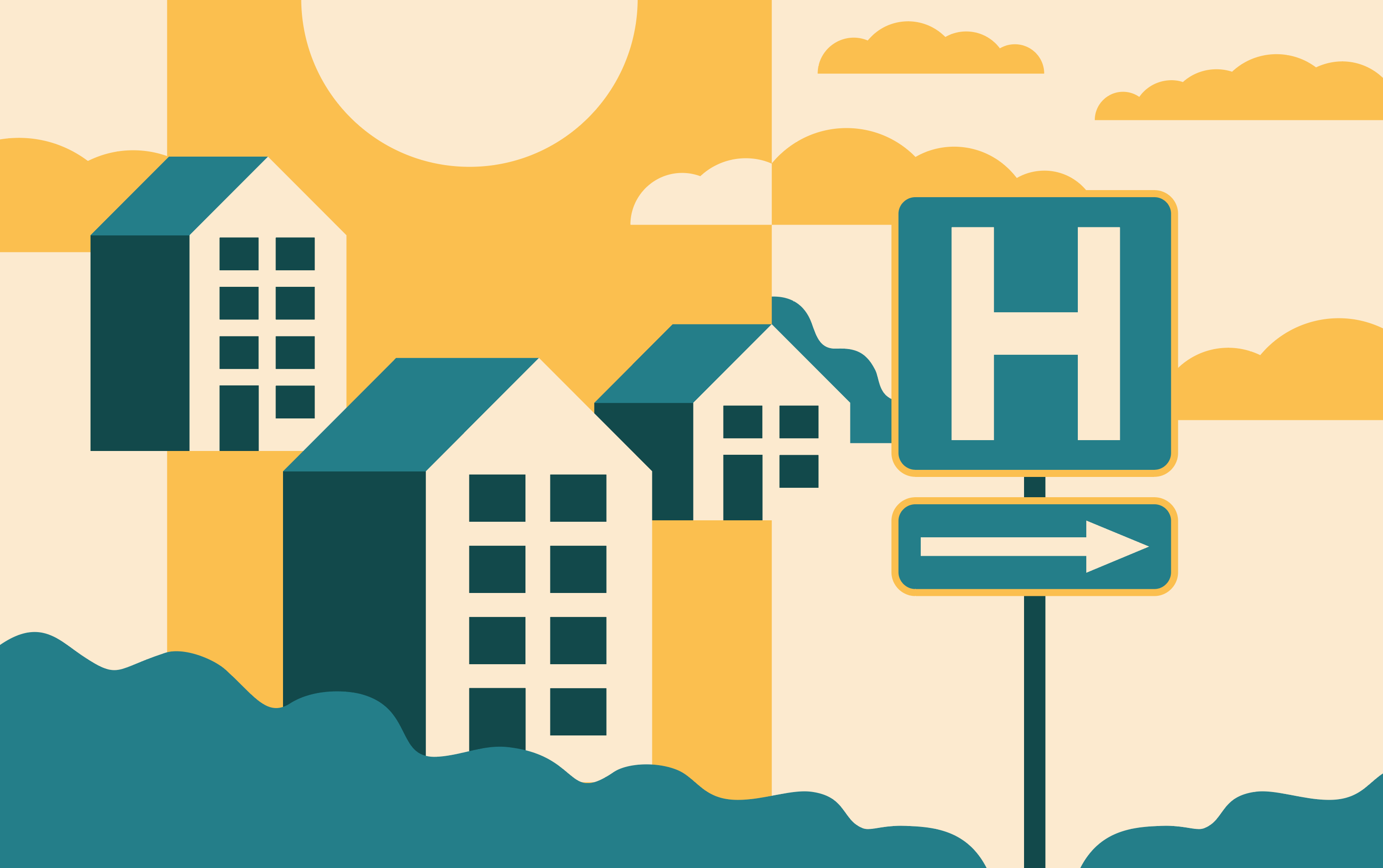Reema’s* co-founders Justin Ley and Matt Swanson sat down to discuss Reema’s founding and future.
*Reema: from the Finnish Ryhmä, meaning group, team, or squad.
So, what inspired you to build Reema?
Justin:
Everyone talks about how America has the number one health care system in the world. What is also true is that in America different populations get incredibly disparate outcomes. The system is not built to serve the members that Reema serves. In fact, it’s broken for the people that we serve. I would say it’s broken for everyone, but at least some people can figure it out, afford it, and navigate it.
Matt:
But you also tell a personal story. That’s always been a part of how I understand how you come to the work.
Justin:
True. So, my parents got divorced when I was two, and I grew up in a home without a dad. My mom took care of three kids and we were poor. We moved around a lot. It was a chaotic childhood. Mostly I feel really lucky, though. We still had a number of advantages, some more obvious than others. For example, my mom had a strong built-in social support system. Without it, there were months on end when we would have been homeless. But there were less obvious things. I remember moving into a new place and it was just a mess. Dirty laundry was piled up everywhere. Some friends came over to visit and they brought us a laundry hamper filled with a bunch of groceries. I don’t remember eating that food, but I do remember standing next to my mom and feeling the happiness radiate off of her. It was what we needed, and there were these friends who saw that and could help. So personally, I know what it means to have people in your life who can provide this kind of help. We built Reema to bring those kinds of relationships and social supports to people that don’t have them. That’s definitely part of my motivation.
Matt:
For me, the relationship between health care and social care is the most interesting problem in healthcare today. It’s how we’re going to improve outcomes and bend the cost curve. Before Reema, Justin and I saw the failures again and again of traditional care models. Nurses slamming phones trying to get people to do one of five high value actions. The institutional view is, “ok, cool, if a person with diabetes gets their feet checked regularly, then they’re less likely to have these negative and expensive health outcomes.” But a nurse calling you out of the blue to remind you to have your feet checked is not super appealing to people. It’s badgering and it misses what people are actually dealing with. There are people who need dialysis treatment who have to decide “am I going to pay to eat a meal or am I going to pay for a bus pass to get to my dialysis appointment?” Not only is that a tragedy for that person and their family, but healthcare institutions now have a bottom line interest in helping that person with the day-to-day challenges. So we started building care management programs that completely flipped the model…and they’d just get squashed.
Justin:
So squashed. Multiple projects. Very frustrating.
Matt:
The US spends more on healthcare than equivalent countries and still many Americans experience worse health outcomes. But when you stack social spending on top of healthcare spending, the US is actually middle of the pack compared to others. The problem is that our spending is misallocated. Health care has become another channel for delivering social care, and the people on the hook for health care expenses are learning that they can improve outcomes and reduce costs by addressing social needs. Which means things are changing.
Justin:
What you eat, where you live, what kind of social connections you have – all those go into who you are and the health of your body and how likely you are to get a certain kind of condition. But there’s progress happening in this space. A 2020 study in HealthAffairs shows a 2.5 to 1 ROI for a community health worker model, and a study in Social Work in Healthcare shows reduced ED visits and hospitalizations when medical and non-medical needs are integrated. So there’s a growing body of evidence that shows that closing the gaps on social challenges has a measurable impact for health care organizations. The challenge now is truly meeting people where they are and doing that at scale.
This seems like a huge challenge. How did you figure out how you wanted to solve it?
Matt:
We realized the cornerstone of Reema was going to be our Community Guides and engagement over SMS. This emerged pretty quickly because it became obvious that hiring people from the community to serve the people in that community was the only way in. It was obvious that shared identity is important. And being able to text with them is the best way to meet them where they are. It allows Reema to be a bridge between formal and informal support networks in a way that the healthcare establishment just can’t.
We realized the cornerstone of Reema was going to be our Community Guides.”
Justin:
And our Guides get us away from an overly clinical approach. There might be a social worker in the ED, and you might talk with them when you’re discharged, but they’re not coming to your house. You can’t text them. You can’t go back and forth with any of your health care professionals and get help in real time, but with our Guides you can. These non-traditional methods are better at reaching the populations that traditional healthcare misses. And so they really do bridge the gap between formal and informal support.
You mention texting with members. How do Guides know how and when to intervene?
Justin:
Our Guides are really good at understanding our members’ needs, especially as their relationships with members strengthen over time. Plus, we built our system to identify the most important moments in the relationships and that helps our Guides be even more strategic. That can mean one of two things – either most important in terms of health outcomes or most important in terms of maintaining and building trust with that individual. We all know readmission to the hospital is a huge challenge. So when someone is discharged, that’s an all-hands-on-deck moment. The Guides text, call, and eventually meet them face-to-face to help them understand and follow their discharge plan. They help them get rest and ensure they have food and a place to stay. The Guide is always in the loop and helping our system become better over time.
Matt:
With trust, it’s a little different. We had one member with a substance use issue that she was not talking to us about. She was treatment resistant. Bringing it up was just going to alienate her, which is common. We first work at building the relationship. Building trust. Our goal is to earn a seat at the table to be able to offer her resources when she might need them. She did tell us something that our system flagged as an indication that she was food insecure, so we brought her groceries and helped her put them away. This gets us in the door and shows her we’re on her side because we are able to tangibly help. We get to know her a little bit more and start building the relationship so that eventually, when she’s ready for a change, she might be comfortable talking to Guides about substance use.
Switching gears to the future, where’s Reema headed next?
Justin:
We’re excited to continue deepening our relationships with health plans around the country. We have great partners that have both a passion for the communities they serve and an interest in improving health outcomes for those communities. We are deepening these relationships with a value-based care approach. We do this to help align the incentives of all the stakeholders at the table – Reema, the community, and our health plan partners. We’re excited for the ways our innovative payment models can make this work more possible for health plans to do.
We love seeing the energy in the community health space. There are a number of other companies doing interesting and exciting things. We love seeing the traction these organizations have achieved alongside us in the last few years and see it as a sign of things to come.
And, we’re excited for the ways that data, predictive models, and AI are playing a role in our work. Reema is already demonstrating that these can be powerful tools to serve the community more effectively and the sky’s the limit on where they will go in the future. The art of this is to always balance our tech with our people. We know we need both in order to achieve our mission.



